Case SR220, SR250, SV250, SV300 SkidSteer Service Manual
$37.00
Case SR220, SR250, SV250, SV300 SkidSteer Service Manual – 2091 Pages
Case SR250, SV300 SkidSteer Service Manual – 2061 Pages
Publication Number: 47540695 & 47674604
English
April 2014 & May 2014
Format: PDF
- Description
- Reviews (0)
Description
Case SR220, SR250, SV250, SV300 SkidSteer Manual
SkidSteer Model: SR220, SR250, SV250, SV300
Publication Number: 47540695 & 47674604
English
April 2014 & May 2014
Format: PDF
Case SR220, SR250, SV250, SV300 SkidSteer Service Manual – 2091 Pages
Case SR250, SV300 SkidSteer Service Manual – 2061 Pages
SR220:
PIN NDM457559 and above;
SR250:
PIN NCM442784 and above;
PIN NEM443389 and above
SV250:
PIN NDM460776 and above;
SV300:
PIN NCM445399 and above
PIN NEM469928 and above
Manual Table of Content:
- Contents
- Introduction
- Engine
- Front Axle System
- Rear Axle System
- Hydrostatic Drive
- Brakes and Controls
- Hydraulic Systems
- Frames and Ballasting
- Wheels
- Cab Climate Control
- Electrical System
- Front Loader and Bucket
- Plateform, Cab, Bodywork and Decals
- Specials Tool Index
Manual Extract: Brake control solenoids – Overview
Solenoids work in much the same way as relays, except that the iron core is not fixed in place. As a result, the windings in the control circuit cause the iron core to move. In the starting system, for example, the movement of this core is used to send large amounts of current to the starter motor.
A solenoid is basically a winding around an iron core. In the centre of the core there is a plunger which is free to move through the core. When an electrical current passes through the winding an electro-magnetic force is produced which causes the plunger to move through the core. If the current is switched off, the magnetic force is stopped and the plunger is returned by a spring.
The solenoid plunger may have different uses: the most common are moving a hydraulic spool or a mechanical lever.
The MOST COMMON FAULTS that can occur are:
• Short circuit winding: if a section of the winding allows the current to pass directly from positive (+) to negative (-) terminals without passing through the winding, this will cause the relevant circuit fuse to blow.
• Broken winding: causing an open circuit, it will not allow the current to pass through the winding, so the solenoid will not operate.
• Seized plunger (and/or connected components): the solenoid will only move the plunger if all components are free to move.
Be the first to review “Case SR220, SR250, SV250, SV300 SkidSteer Service Manual”
You must be logged in to post a review.

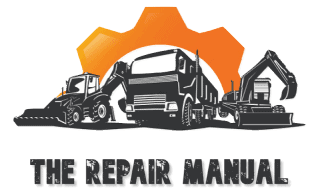
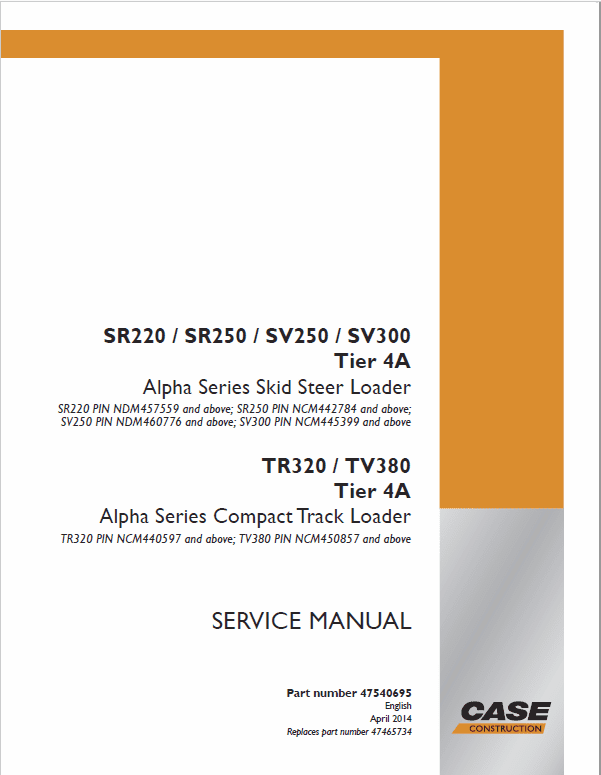
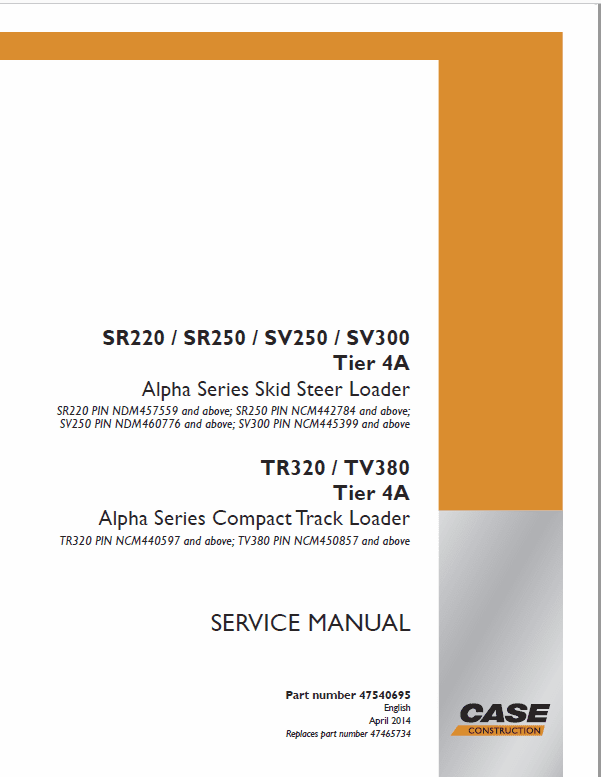

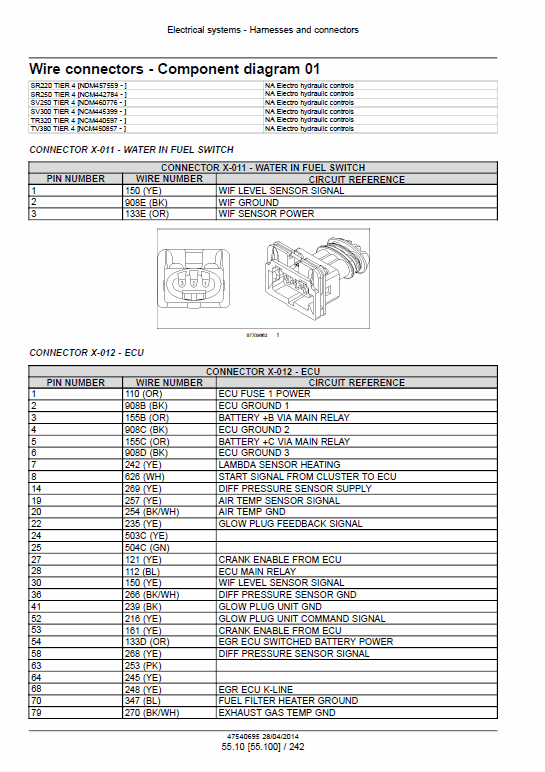
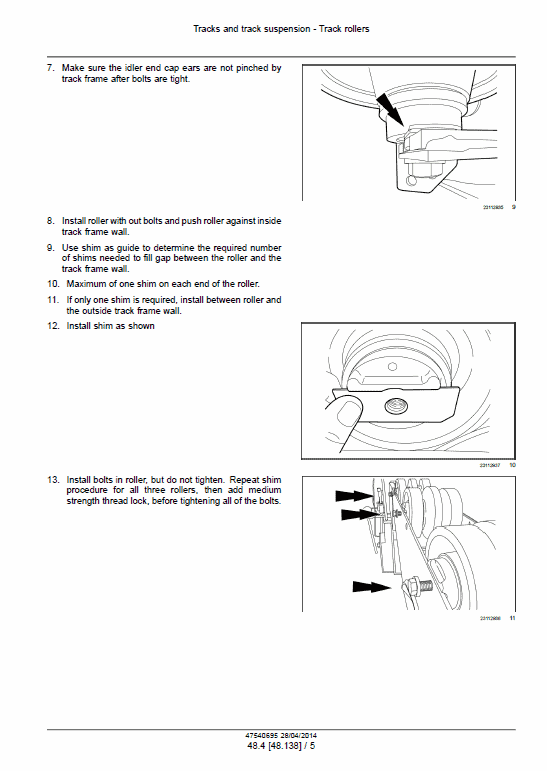
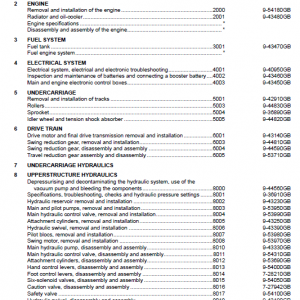
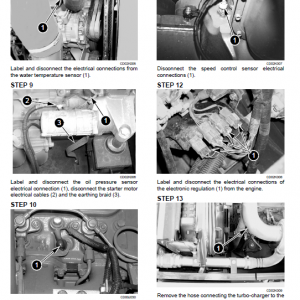
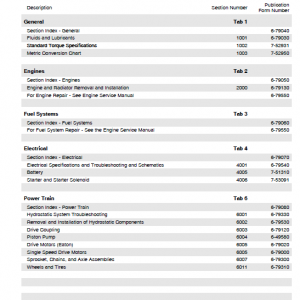
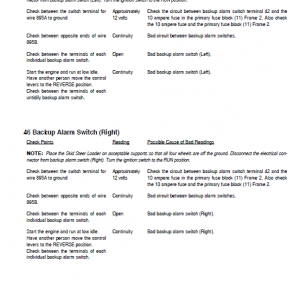


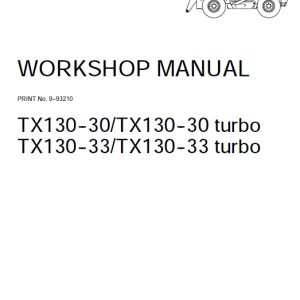
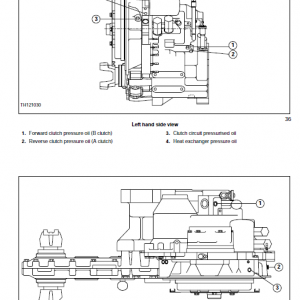
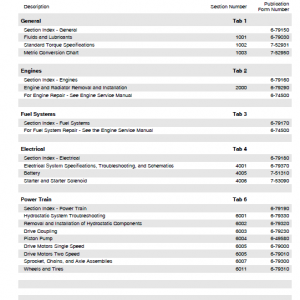
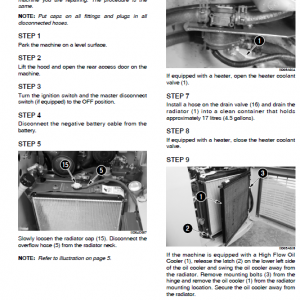

Reviews
There are no reviews yet.